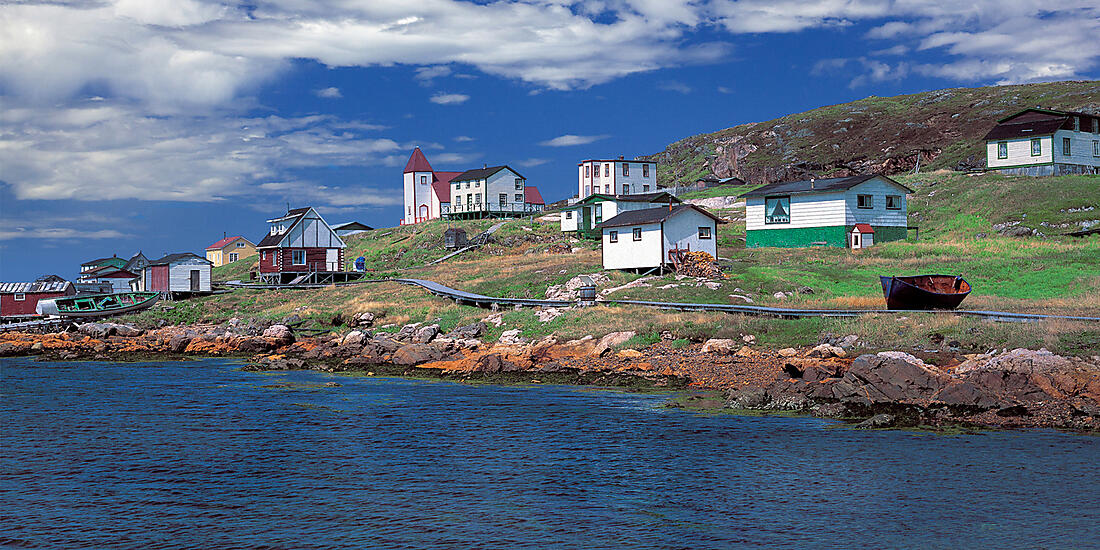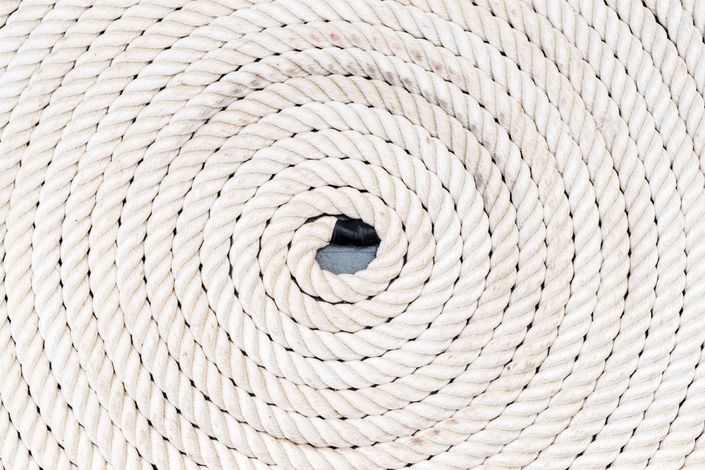reasons to discover the Arctic
It is said to be mythical, or at least as much as its opposite, the Antarctic. Only rarely do we get to know its most isolated regions. That is what makes it so appealing And yet, the Arctic includes eight countries (Norway, Sweden, Finland, Russia, the United States, Canada, Denmark and Iceland) and many more marvels to discover. Here are three reasons to go to the Arctic.
Read more
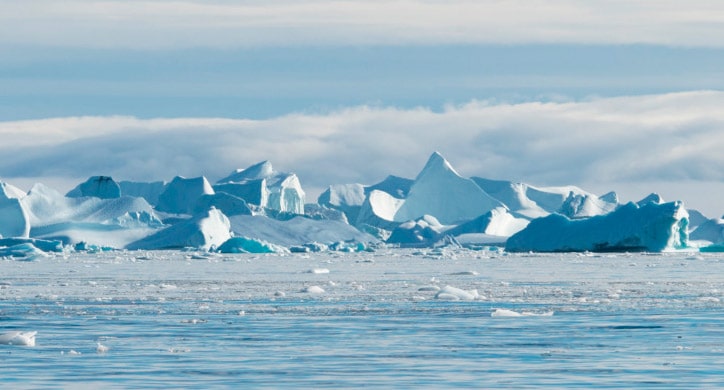
Must-dos — the Arctic
A cruise in the Arctic is a golden opportunity to combine a dream of adventure with unique encounters, in a grandiose setting. From Greenland to Spitsbergen, from the Arctic Canada to Iceland, these are the must-dos in the Far North.
Read more
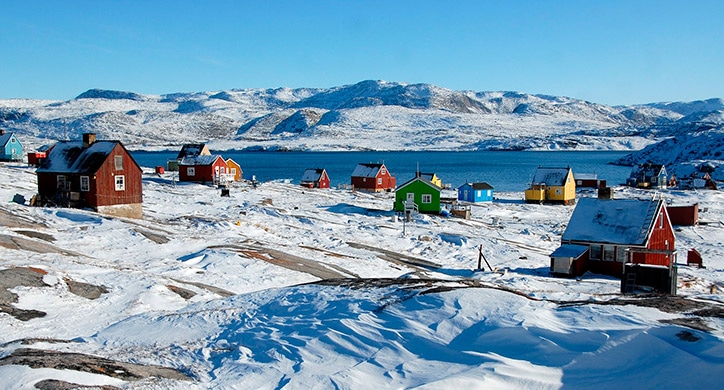
Explore the Arctic
3 reasons to discover the Arctic
It is said to be mythical, or at least as much as its opposite, the Antarctic. Only rarely do we get to know its most isolated regions. That is what makes it so appealing And yet, the Arctic includes eight countries (Norway, Sweden, Finland, Russia, the United States, Canada, Denmark and Iceland) and many more marvels to discover. Here are three reasons to go to the Arctic.
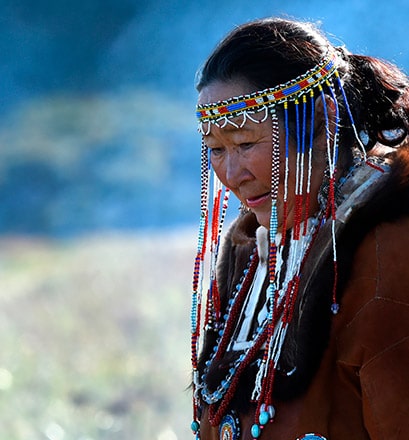
To meet the local communities
Spread over Greenland, Alaska and Canada, the Inuit have been perpetuating their traditions for more than 4,000 years. In the frozen vastness of the Far North, their ancestral way of life deserves our greatest respect. Their lives are organised around the level of the tides and the condition of the ice floe while their activities are focused on hunting and fishing. They are skilled craftsmen producing veritable works of art by sculpting walrus or narwhal tusks and working the furs and skins of marine mammals. Mindful of passing on their heritage, the Inuit welcome travellers with kindness, happily sharing their customs, traditional dancing and music.
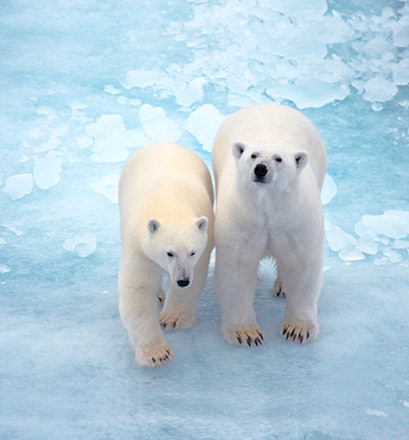
To discover grandiose nature
In the heart of the ice of the Far North and the primary forests of Alaska, the Arctic unveils its majestic landscapes. Colossal icebergs drift in deafening silence, glaciers alternate with the ice floe, impressive geysers and volcanos reach towards the sky, and the lakes, rivers and conifer forests stretch as far as the eye can see… All are home to exceptional fauna. In the waters of Spitsbergen or Baffin Bay, humpback whales, finbacks, narwhals, orcas and seals put on a breathtaking show. On land, we observe polar bears, walruses, musk oxen, Arctic foxes and Svalbard reindeer with emotion. In the air, countless bird species, including Arctic terns, puffins, sea eagles, gannets and bald eagles share the horizon.
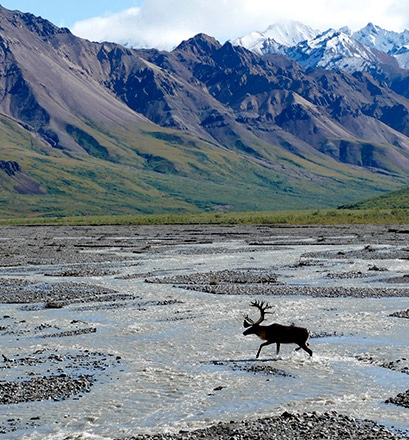
To follow in the footsteps of the great explorers
Historically, the Arctic has attracted intrepid explorers in search of adventure. From the territory of Ultima Thule, the mythical kingdom of the Vikings, to the North Pole, men have surpassed themselves. They defied the elements and pushed all the boundaries. We still talk today of the exploits of James Cook, who sailed the coasts of Alaska in 1778, Roald Amundsen, the first man to traverse the Northwest Passage in 1905, and Paul-Emile Victor. The latter set off for the first time in 1934 with the famous Jean-Baptiste Charcot, heading for Greenland. In 1936, he crossed it from the west to the east, on dog sleds! He then spent 14 months alone with an Inuit family in Kangerlussuaq. His account served to bring to light these populations and their traditions, little-known in Europe until then.
Must-dos — the Arctic
A cruise in the Arctic is a golden opportunity to combine a dream of adventure with unique encounters, in a grandiose setting. From Greenland to Spitsbergen, from the Arctic Canada to Iceland, these are the must-dos in the Far North.
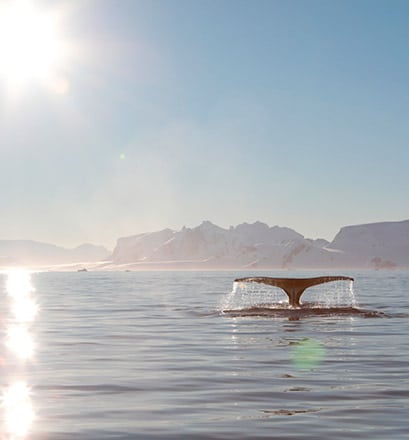
Watching whales in Greenland
While its name comes from the Icelandic, Groenland, meaning “green land”, it is above all an island at “the end of the world”, where grandiose nature offers up unique shows. Among these, the dance of the marine mammals in the icy waters procures a rare emotion. Eight species of whales can be found here at various periods of the year. Humpback whales, blue whales and other finbacks share this wild habitat with orcas, seals and narwhals.
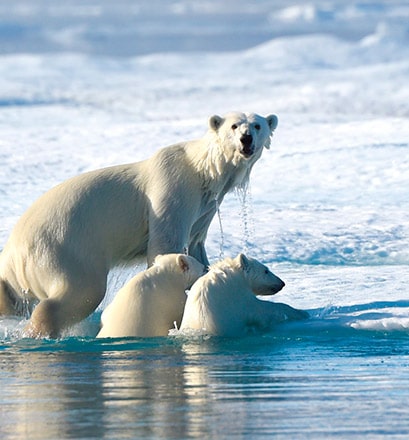
Following the tracks of the polar bears in Spitsbergen
Above the 78th parallel north, Spitsbergen also appears like a land at the end of the world. The last island before the North Pole, Spitsbergen unveils craggy coastlines that melt into a sea of ice. In the heart of these white landscapes and these preserved places, the polar bear is known as a great predator and reigns supreme over the ice floe. The population of polar bears in the Arctic is estimated at 20,000 animals. The reindeer and the Arctic fox are the only two other land mammals to share its territory.
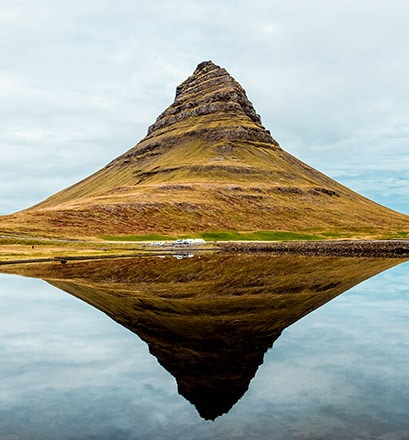
Admiring the Kirkjufell Volcano in Iceland
The Snæfellsnes Peninsula is on the west coast of Iceland, around 170 km from Reykjavik. It is home to the small town of Grundarfjörður in a panorama dominated by the Kirkjufell Volcano. Surrounded by water, it is a perfect representation of the Icelandic landscape. Streams criss-cross the landscape while waterfalls give it a touch of mystery. The lava flow accumulated at its summit, dating back several million years, lends the site an almost surreal aura.
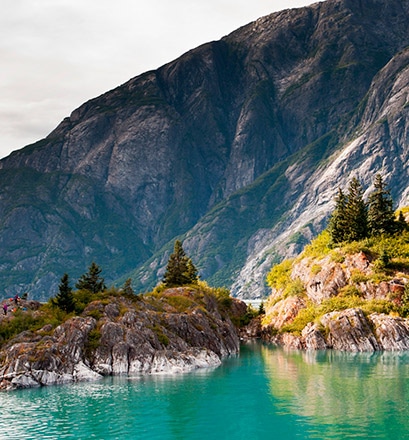
Visiting the Aleutian Islands
These islands form a string of volcanic confetti over almost 2,000 kilometres, between the United States and Russia. Located south-west of Alaska, the Aleutian Islands symbolize an extraordinary end of the world: they represent the emerged part of the Pacific Ring of Fire. Here, every island is a volcano crowned with ice; the landscapes composed of tundra, and carpeted with wild flowers and lichens, stretch as far as the eye can see. In these preserved surroundings, the wild fauna is exceptionally varied: it is common to observe whales and orcas, while more than 200 bird species have been recorded there.
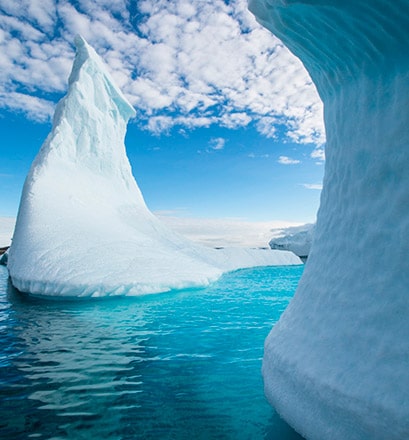
Traversing the Northwest Passage like a real explorer
The hypothesis of a waterway connecting the Atlantic Ocean to the Pacific Ocean, via the north of Canada, was formulated as early as 1497. A number of sailors sent from Europe or North America attempted to find this passage… After many tragedies and exploits, the Norwegian Roald Amundsen was ultimately the first to succeed in 1906.
Set off to follow the footsteps of these explorers, well beyond the polar circle, for a truly unique experience. The passage is only accessible during the short Arctic summer. For the rest of the year, ice prevents any navigation.
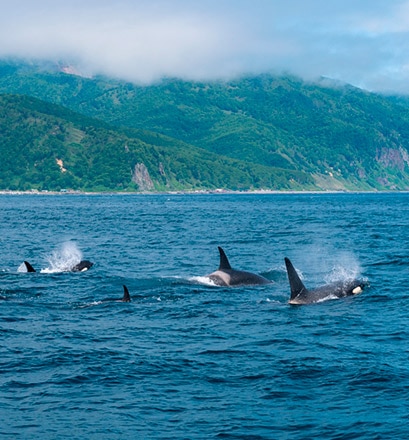
Discovering the Sea of Okhotsk
Nicknamed “the hunters’ sea”, the Sea of Okhotsk is considered to have the most abundant fish population in the world, and was highly prized by whalers from the United States in the 19th century. Sailors didn’t hesitate to embark on three-year voyages via Cape Horn in the hope of capturing precious whales to sell their oil to the highest bidder.
Today, grey whales prosper peacefully, just like the rest of the rich fauna to be found here: ribbon seals, numerous bird species, Steller’s sea eagles, brown bears, sea lions, seals have wonderful surprises in store for you in this remote part of the Russian Far East.
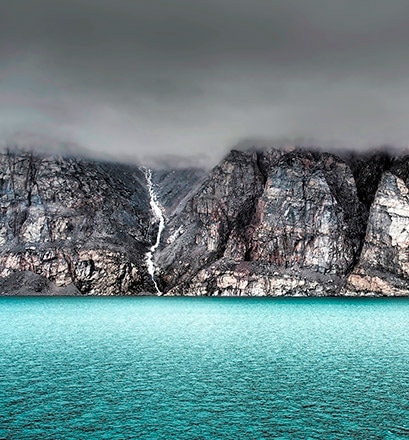
Sailing in Baffin Bay
Between the western coast of Greenland and the east of Arctic Canada, Baffin Bay is one of the most secret seas on the planet. The North Magnetic Pole is found here, between expanses of icy waters, icebergs, glaciers and gigantic fjords. As if to add to the magic of this fabulous setting, the wild fauna offers a grandiose show. Humpback whales, polar bears, walruses and migratory birds have taken up residence here. To sail Baffin Bay is to find an original beauty that very few places on earth have conserved.








